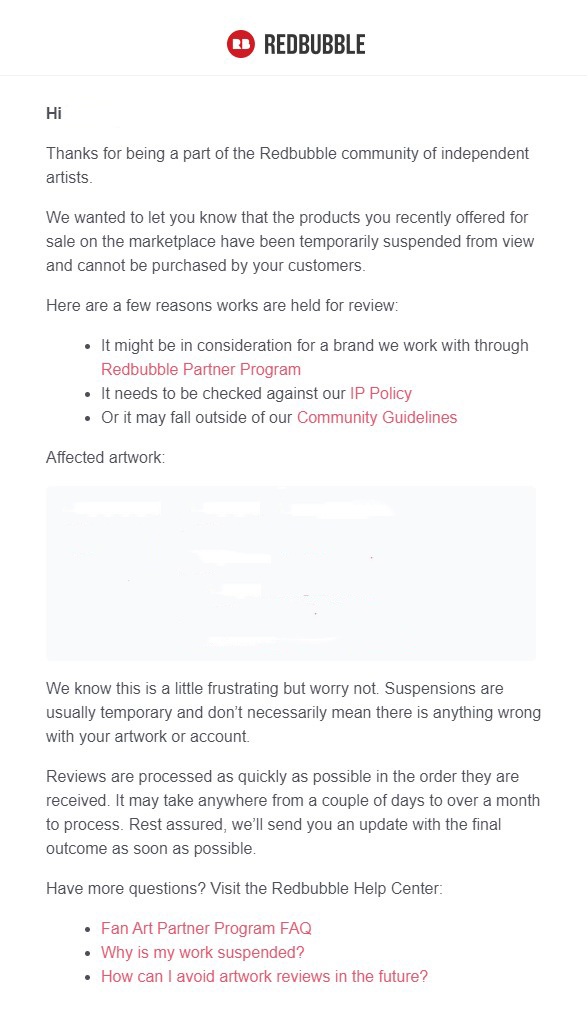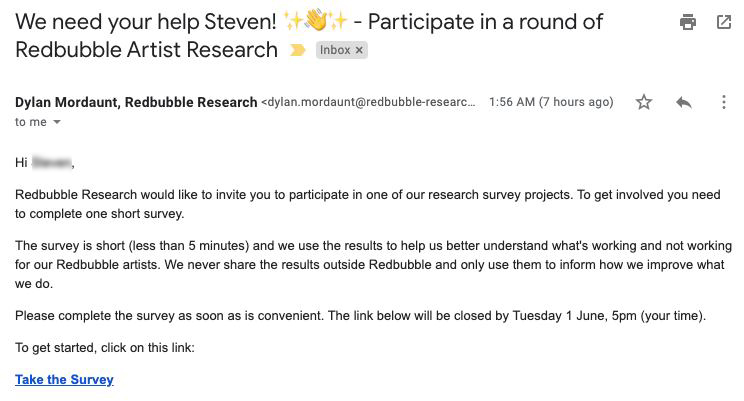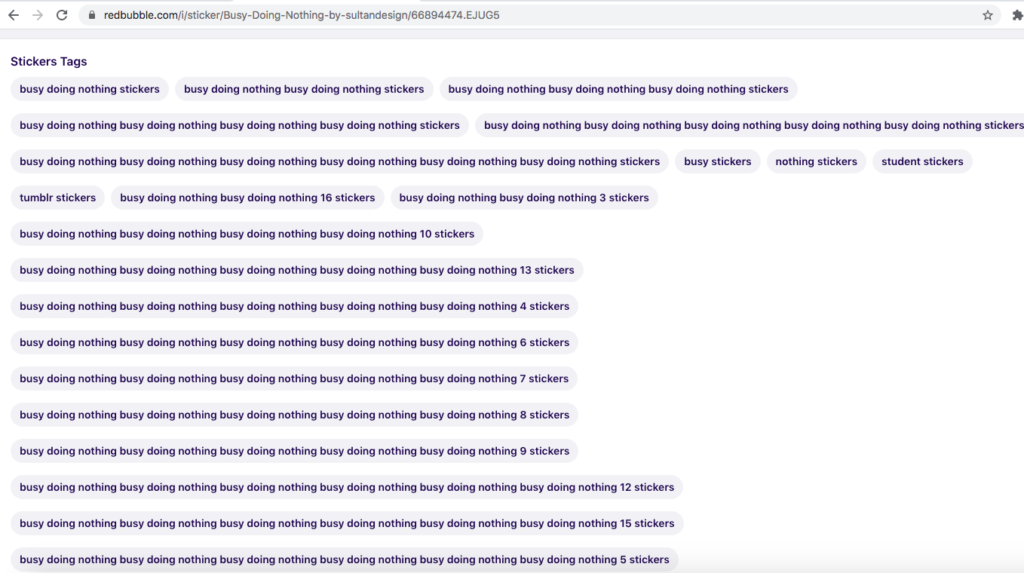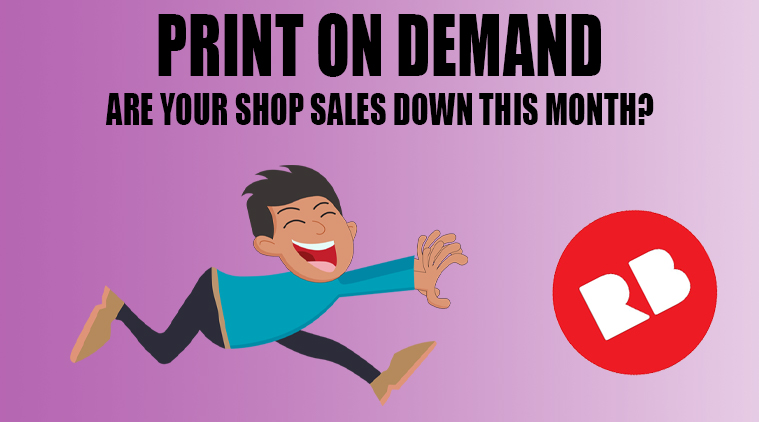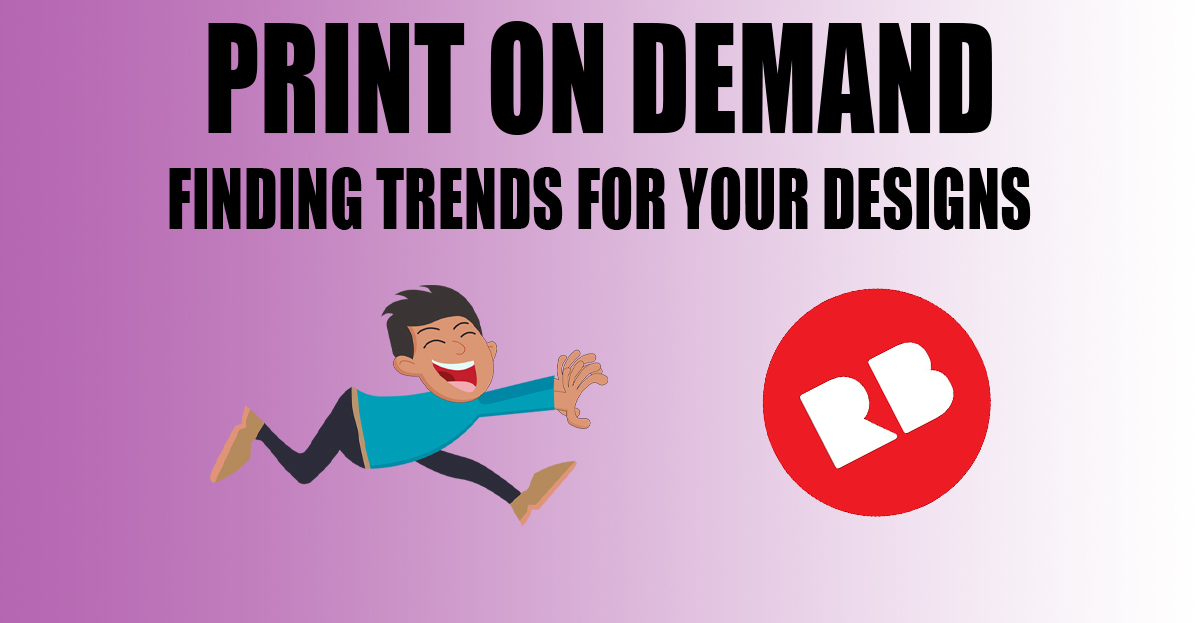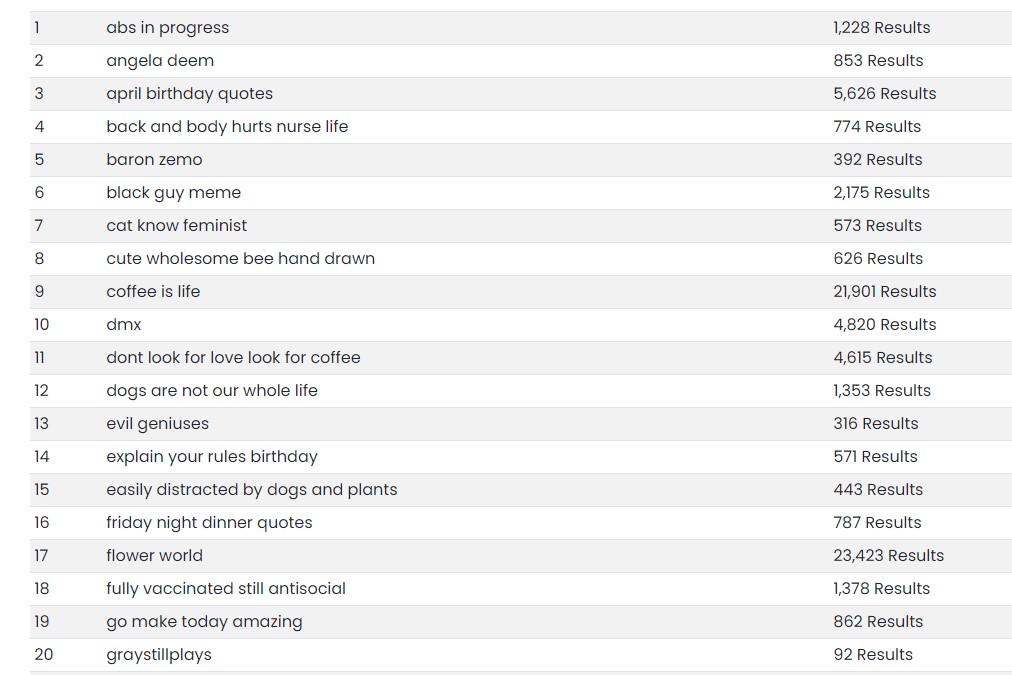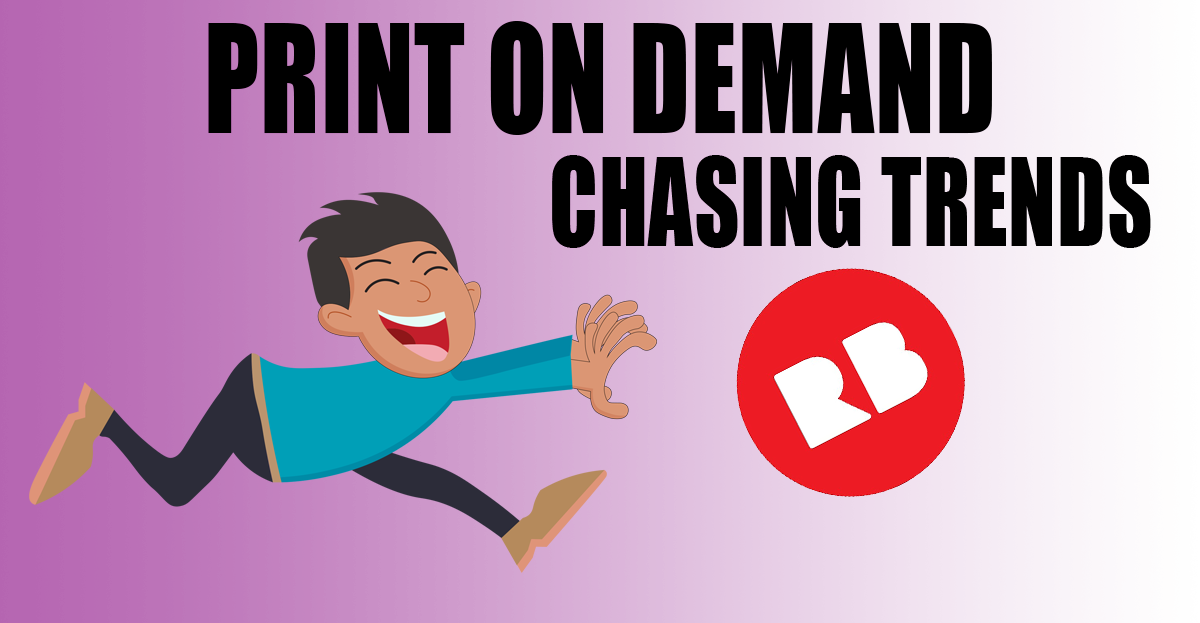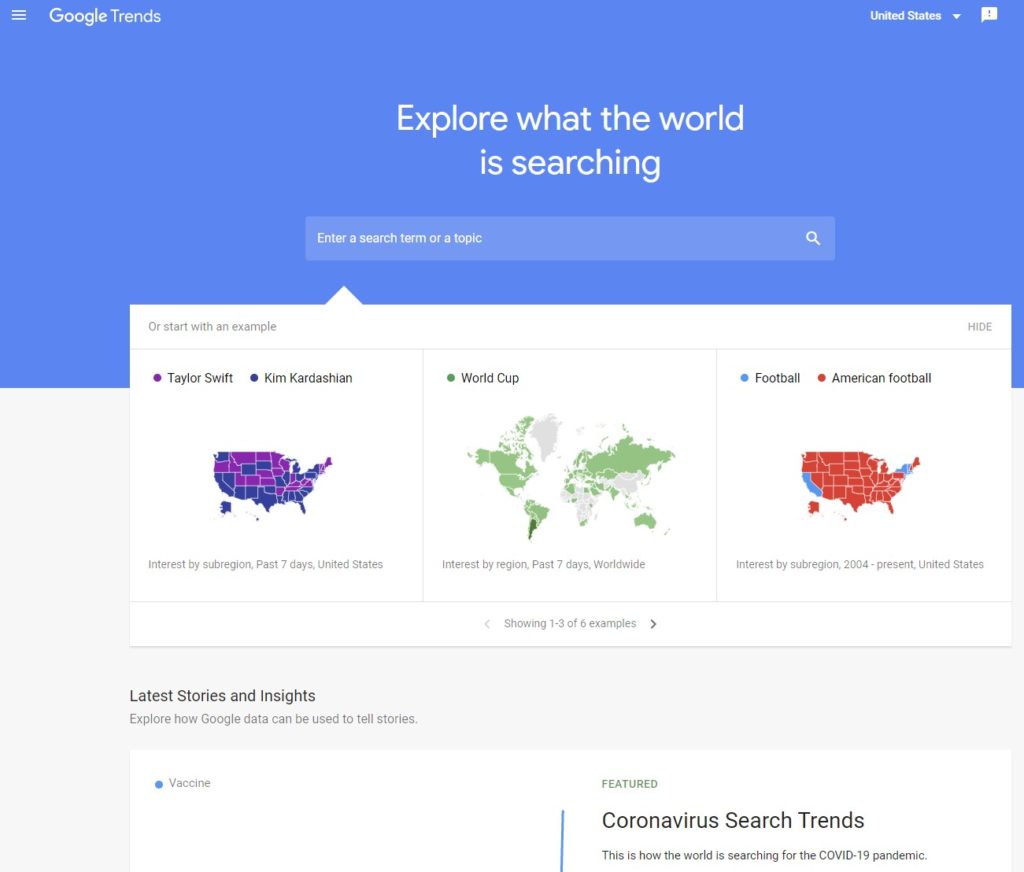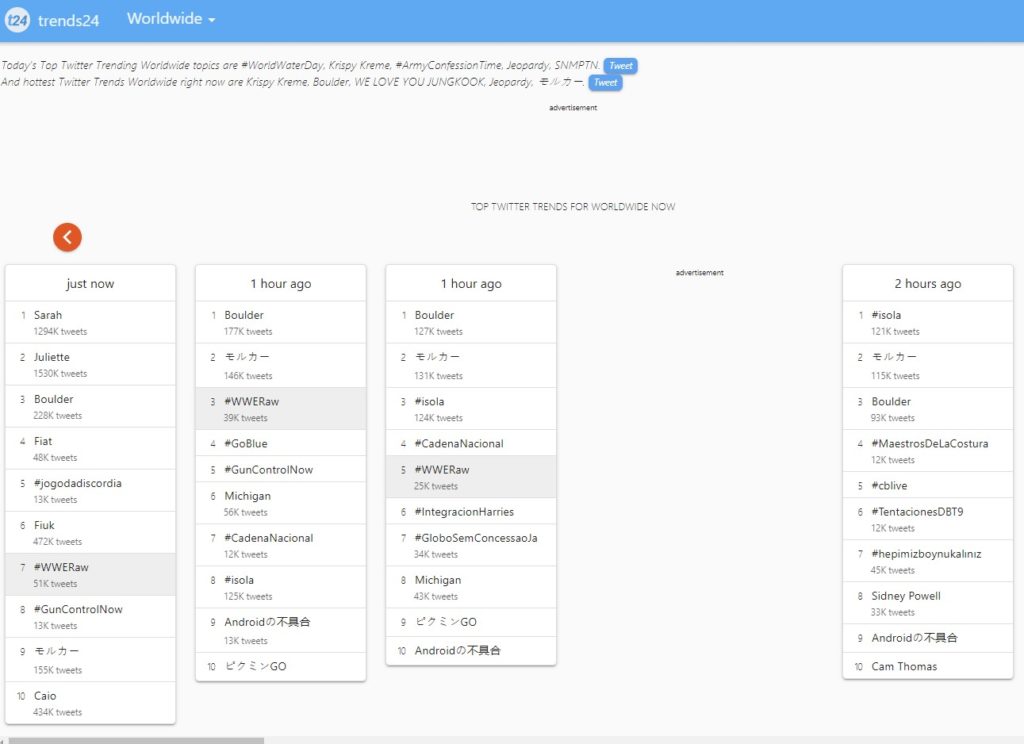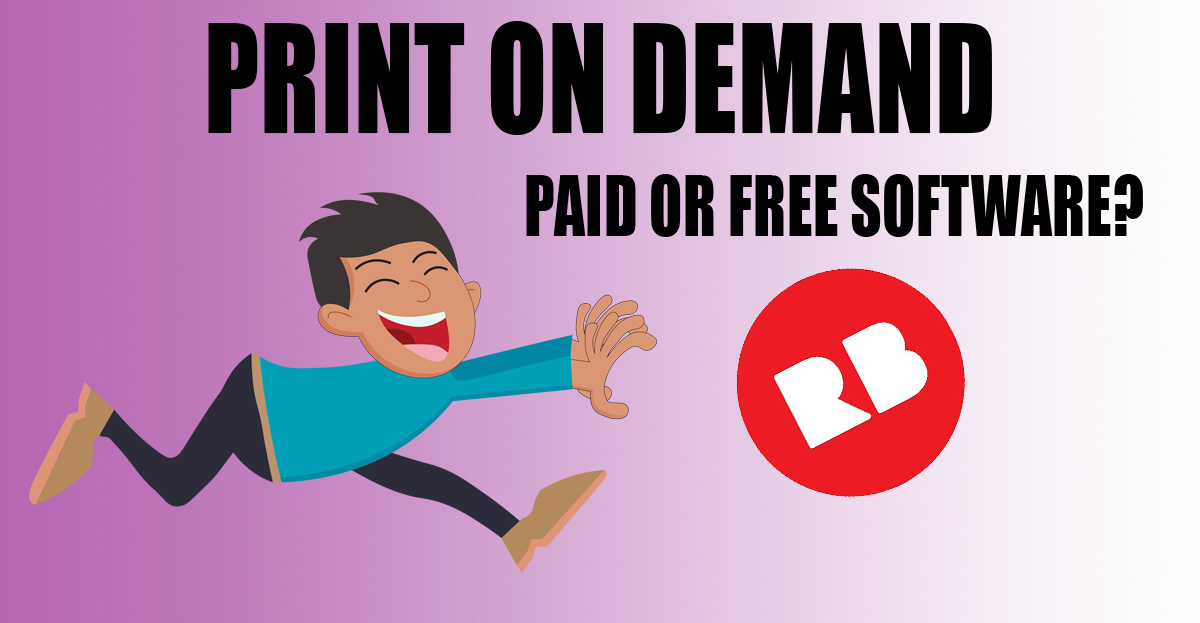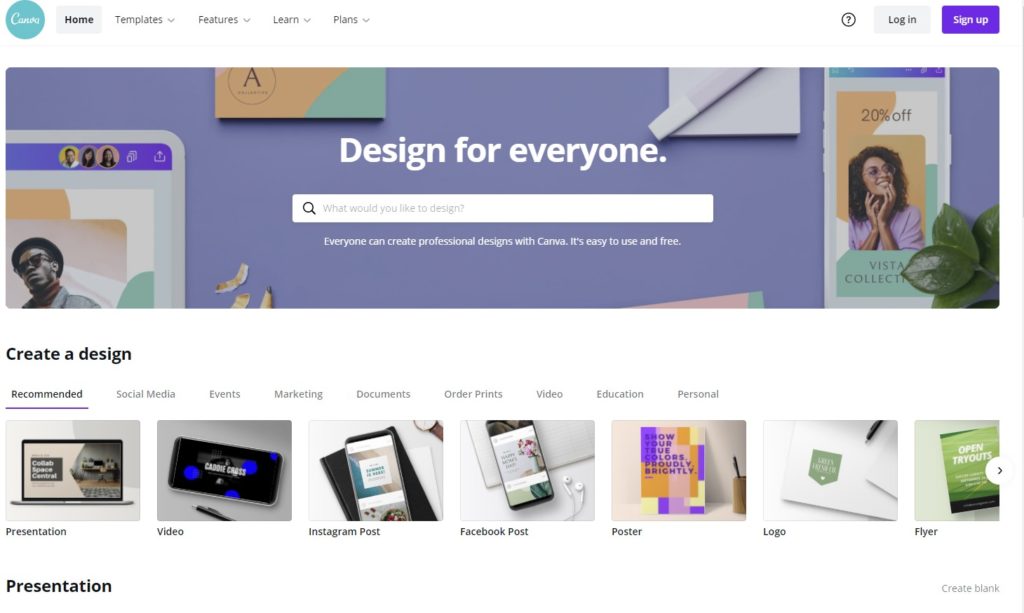
One of the most common questions I get here is how many designs do I need to have in my shop before I start seeing (consistent) sales? Without intentionally being vague, the answer is: it depends. This question can be equated to how long is a piece of string. There are several factors that all affect the sales in your shop, so let’s cover some of them. First however, the short answer to the question of the number of designs required in your shop to start seeing sales is one.
Quantity
While I do not work for Redbubble or any print on demand service for that matter, I have had shops in all the major services for quite a few years now, and regularly lecture on PoD. In general, sales are dependent on the quality of the designs in your shop, not the quantity. If you are making designs with primarily text and copying much of what is already available in established shops, then expect to need at least 100 designs before you start seeing consistent sales. This is of course depending on your niche and the execution of your designs. If you jumped into print on demand with “Dog Dad” or “Crazy Cat Lady” type text-based designs that are available everywhere, then sales may be slow unless you are underpricing others which is a strategy we will cover.
If you are creating original designs with unique artwork (not copied from Google images) then customers tend to buy products that are unique or look good compared to others in the market who are just implementing a few differences in text layout. Consistently, an original design will sell for more than a copied one. It is not uncommon to see sellers with less than 10 designs doing very well in terms of sales if their work is unique compared to the other designs available in the market. This all comes down to your ability to execute the designs on your products.
Execution
Do you understand composition? Layout? Graphic Design, Color Theory? All of these play an integral part in creating designs which are successful and more importantly sell well. If you are creating your designs with Canva or other services, remember that everyone else who lacks the skills and knowledge to create designs is using the same services as you are. Your work will not look unique. The YouTube print on demand gurus that say you can make millions of dollars a month using Canva are just simply wrong. There are a million and one courses and resources online where you can learn the basics of graphic design and layout. I always recommend Udemy because they have a bit better quality than YouTube does. I’m not an affiliate and get nothing for your click to go there.
You can go as crazy as you want to with this, learning the basics of Typography and color theory will go a long way to setting your designs apart from the masses. If you take the time to push your skills to the next level and learn to create custom artwork using Illustrator, then you can not only use your work to make your designs, but you can offer your services on sites like Fiverr for other designers.
Pricing
If you are struggling to get consistent sales, you might take a look at the pricing of your items. Are you using values that are way above the standard market price for that item? Do some research on your competitors pricing schemes and see how yours compare. Your ability to command a higher price for a similarly designed product will also depend directly on your execution of that design compared to others in the market. If your Worlds Best Dad shirt is priced at 19.99 USD and someone else on Redbubble has a Worlds Best Dad with a unique graphic and text that is well laid out, which is going to sell? If your competitor is undercutting your price (say 15.99 USD) and is offering a better product, you can’t compete. You need to take a step back and figure out what you can do to set your work apart from the others. Feel free to drop me a message here and I can give you some suggestions.
Advertising
You can make the best designs and sell them for the best price, but if you are relying on the search features of Redbubble and other print on demand services to sell your products, you are going to have a tough time. I do my advertising on Facebook, Twitter and Instagram for the most part. I often get questions about whether paid advertising is worth it, and I will cover that in an upcoming article.
Niche
If the Niche you are targeting with your designs is too large or too broad, then you can have a tough time with sales. The Cats or Dogs niche is huge and there are a million and one designs that are not only cheaper than yours, but also better executed. You may have heard of Niching down, and this is a good practice. Rather than going for Dogs, consider a smaller portion of that large niche, like skydiving dogs (as a silly example) or fireman dogs. The group of people looking for skydiving dogs is going to be a whole lot smaller than ones just looking for dog shirts in general.
Conclusion
There you go, did you find this article helpful? Do you know someone else who is struggling to sell work on Redbubble, Teespring Spreadshirt, Etsy or other platforms? Share this article with them and help me to continue to make this kind of content. Feel free to drop me a message here if you have any questions about this article.
Get out and get designing!


